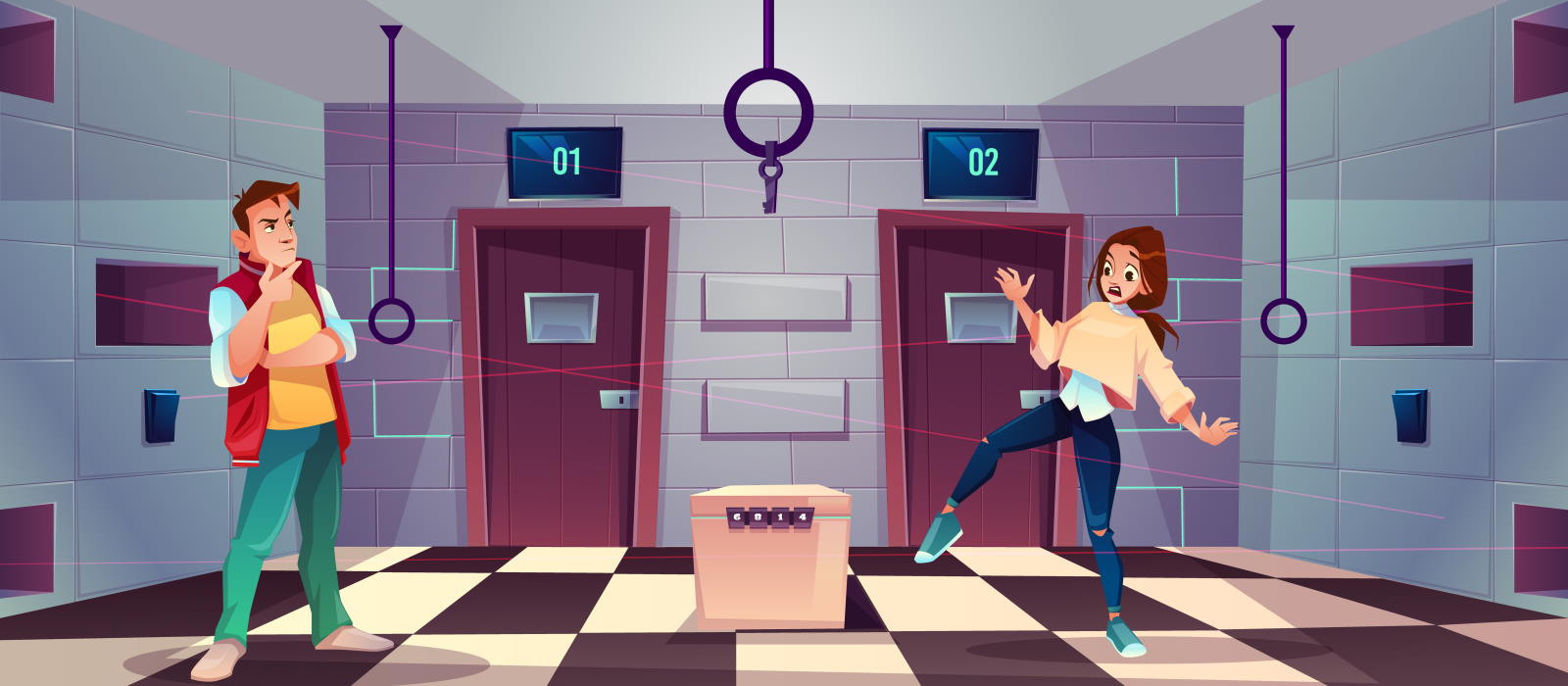We try to write at least one useful blog post every week. One of the hardest parts of doing so, each and every time, is deciding on the title for the new post. The title gives us the focus that allows us to create the new entry. Often, the ideas just flow once we have a title. So when we came up with the idea that team building activities for work should be the focus, we’ll admit it didn’t, for once, make it easier. But why should that be the case? We know that people often use those very words when they go looking for online team building options.
At face value, our five-word title surely has two words more than it needs. The last two words, for work, seem superfluous. Unnecessary even. Why else would you need any team building activities if not for work? The answer is one word. Gaming.
Gaming
Many games these days are multi-player. For example, Call of Duty is a game that most devotees will tell you is a team game. And so if you want to play it and don’t have a team, you’ll need to find one that someone is building. Or build a team yourself. A Call of Duty team. Or a Minecraft team. Or a Grand Theft Auto Online team.
Anyone looking for team building activities for work may well find all five words important. The last two words help avoid finding too many options that are unsuitable for their work teams. But to us, those extra two words imply something more. Something deeper.
Real Team Building
For us, team building is about more than just offering a social opportunity for people to network. It’s about offering team members an opportunity to find better ways of working as well as having fun. Not every client is looking for such learning opportunities. Some just want to offer their teams, often those with remote workers within them, a chance to have fun together. But even those have no issue at all with their people picking up useful tips on how to be more effective along the way.

Good team building activities for work offer the participants a chance to do something very different to what they do day-to-day at work. Ideally, the activity should involve something fun and seemingly unconnected with their normal work. The key word there is “seemingly”. An activity can seem to have nothing in common with the team’s normal workload. Yet, with a closer look, they can discover there are far more similarities than they appreciated at the time.
How so? If the activity is constructed to require teams and individuals to use the same skill sets and approaches that are useful at work, then how they tackle the activity can provide insights that may help the team back at work. Often, people find it easier to adopt different ways of working when an issue isn’t tackled head on. They can be too set in their ways to be open to different approaches to a familiar challenge. Provide them with a different challenge that has similar restrictions or problems to solve. They’ll be far more open to identifying a different approach to it. And then they can adapt that approach to the real challenge back at work and see if it makes things better in some way. It often does.
The Key to Learning Success
Key to achieving such improvements is setting time aside for a debrief. Of course, it’s possible for people to pick up ideas without a structured approach, but teams can get much more value by using a debriefing process after tackling team building activities. For work events, it turns a fun time into something more than just that. Fun and useful.
As you’d expect, our own options all have a debriefing process built into the activity. They are all optional – they can be skipped without any difficulty at all – but teams often find using them as much fun as the action itself.
Fun and useful. Now that’s a mix worth making an aspiration for any event organizer!


















